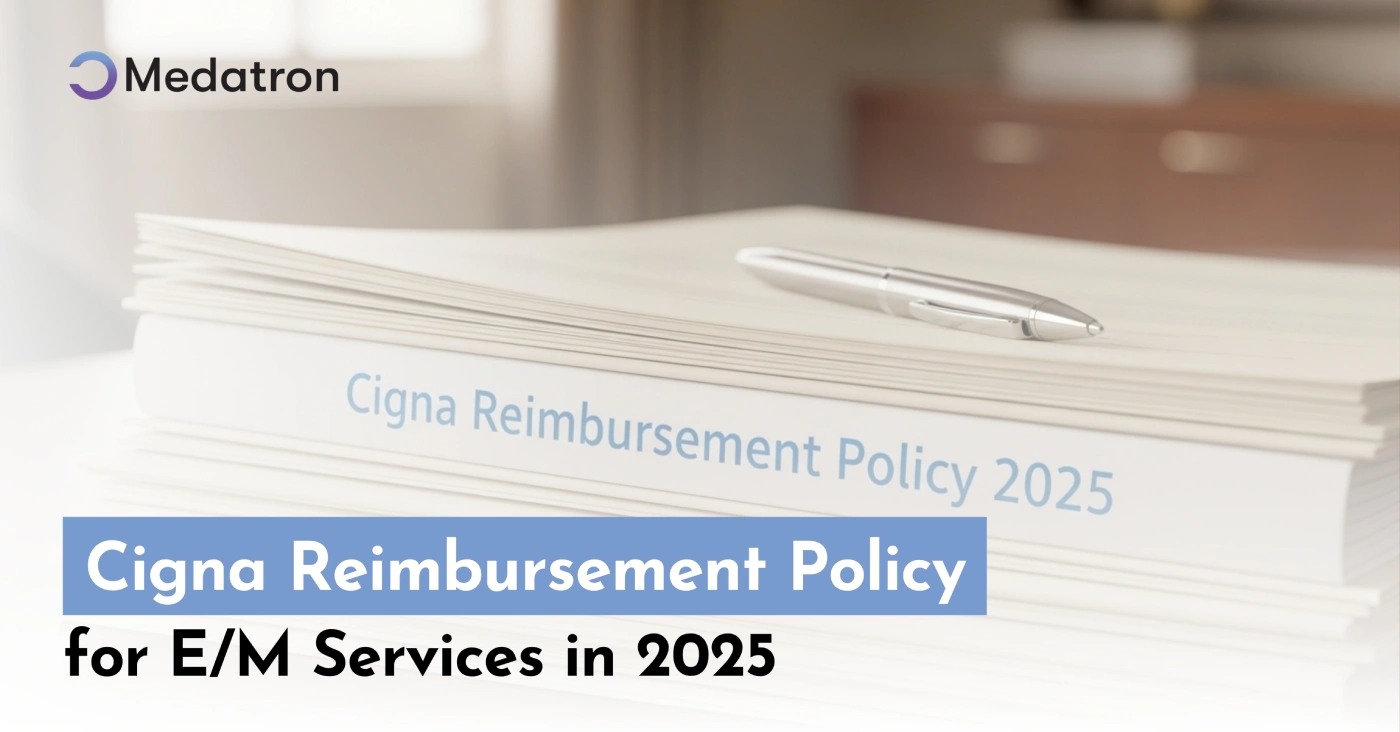Effective financial management is essential for the smooth running of healthcare services. Among the subtopics that characterize financial management, none is as vital as the Revenue Cycle Management cycle. This process ultimately ensures that healthcare service providers get just and timely reimbursements for their services. However, this increases cash flow and makes the general running of healthcare more efficient. This blog post provides an in-depth look at, what is RCM cycle in medical billing, the stages involved, and the importance of mastering it for healthcare providers.
What is Revenue Cycle Management?
The revenue cycle management process is handling a healthcare provider’s finances from when a patient is accepted up to a final payment. This includes all administrative and clinical activities that have led to capturing, handling, and collecting revenues from patient services.
It ensures that the provider receives payment for services while maintaining compliance with insurance agreements, government regulations, and patients’ financial responsibilities.
Critical Stages of the RCM Cycle
The RCM cycle is a multi-step complex process. As a result, the RCM cycle includes several stages, each playing a crucial role in securing adequate reimbursement for the services provided to healthcare providers. Let’s break down the main stages of this cycle:
Pre-Registration and Patient Scheduling
The RCM process begins even when the patient arrives at the healthcare facility. At this stage, the patient’s details, including insurance information, are collected. This includes verifying the eligibility of the patient’s insurance, updating of demographics for the patient, and setting up the appointment.
Why it matters: Accurate information about the patient helps streamline the billing process and results in a faster completion or fewer denials due to the details.
Registration and Insurance Verification
After the patient arrives for the appointment or procedure, the registration team can acquire vital information, such as contact and phone contact, insurance details, and medical history. This stage involves verifying eligibility, determining what the provider covers, and identifying the patient’s out-of-pocket responsibilities.
Why it’s essential: Insurance eligibility is verified at sign-in to prevent unwanted claim denials and potential payment delays.
It will also help identify co-pays, deductibles, and coinsurance patients must pay.
Charge Capture
After delivering services to the patient, all charges of patient visits or procedures need to be charted in detail in charge capture without any disparity; This may include diagnostic tests or procedures, surgical consultations, surgeries, or any other necessary treatment steps.
Why it matters: Accurate charge capture ensures that healthcare providers receive proper payment for all services, preventing revenue loss from uncollected charges.
Healthcare Coding
After capturing the charges, coding converts the services provided into standardized codes using the ICD-10, CPT, or HCPCS coding systems. These codes will be used in a claim.
Why it matters: Proper coding can ensure correct billing and proper reimbursement. Mis-coding leads to denied claims, audits, and liability. In addition, it reduces opportunities for fraudulent billing.
Claims Submission
Once coding is completed, claims are submitted to the payer, which may be an insurance company, Medicare, Medicaid, or the patient’s account.
Why it’s essential: Prompt and accurate submission ensures the provider gets paid without delay. Additionally, it reduces the opportunity for claims to be denied or rejected.
Posting Payment
When the payer processes a claim, the payer posts the payment or denial against the provider’s billing system. Payments are matched to the correct patient and service, and outstanding balances are updated.
Why it matters: Proper payment posting enables monitoring of payments executed and applied to the patient’s account. It can also identify any underpayment and issues associated with the payers’ calculation.
Accounts Receivable Follow-up
When the payer denies a claim, or there is an unsettled amount of the patient’s portion, the AR team contacts the payer, the patient, or both to resolve the unsettled amount.
Why it matters: Accurate and efficient follow-up reduces days in accounts receivable, which is essential for preserving a healthy cash flow in this healthcare organization.
Patient Billing
If some balance remains after all insurance has been paid, the patient will be billed directly. This could include co-pays, deductibles, or any other amount not paid by insurance.
Why it is essential: Transparent billing to the patients results in awareness, thus timely payment from the patient’s side, out of which the provider may recover their balance.
Denial Management and Appeals
When claims are denied, a provider has to recognize the basis for that denial and make an appeal as required. This can involve the resubmission of corrected claims or additional documentation.
Why it matters: In this regard, the denial management will see that claims are reprocessed, and proper reimbursement will reach the provider. Repeated follow-ups in denials reduce revenue loss.
Reporting and Analysis
This last phase of the RCM cycle involves reviewing KPIs such as days in accounts receivable, claim rejection rate, and revenue generation. It allows for improvement of the RCM process through such data.
Why it matters: Continuous tracking and monitoring lead to identifying inefficiencies, improved billing practices, and streamlining the RCM cycle.
Why RCM is Important for Healthcare Providers
Apart from timely payment of services, efficient RCM has a massive impact on the bottom line of healthcare providers. Here are a few critical benefits:
- Better Cash Flow: RCM ensures that claims are filed correctly and paid as quickly as possible, improving cash flow within the practice.
- Reduced Claim Denials: Proper coding and verification of insurance details may reduce the probability of claims being denied, which may delay payments.
- Improved Compliance: Healthcare providers operate under strict regulations. RCM minimizes risks for its clients by ensuring compliance with HIPAA, insurance requirements, and other healthcare regulations, reducing the likelihood of audits or penalties.
- Patient Satisfaction: Bill transparency and accurate patient billing result in better patient relations and avoid confusion over charges.
- Operational Efficiency: Streamlined RCM improves administrative overheads and saves providers more time to focus on the quality of care rather than getting bogged down with billing issues.
The Role of Technology in RCM
Today, high-tech is essential in optimising the RCM cycle as it has replaced most traditional manual recording and billing methods. EHR systems, billing software, and AI-driven analytics help to automate many parts of this process and make it far more accurate and efficient.
For example, automated coding systems reduce errors; AI-powered tools can predict potential denial and assist with faster follow-ups. All of these technologies can be adopted to help providers speed up the claim-processing cycle, minimize the errors accompanying manual processing, and raise their reimbursement rates.
Conclusion
The medical billing RCM cycle represents a necessary process to ensure healthcare providers are paid justly for all services offered. There are pre-registration stages and posting of final payments, among other cycles, and all help optimize revenue flow while reducing claims denials for cash flow to enhance productivity. Healthcare organisations will find it easier to satisfy their patients sufficiently and have financial health if they understand the intricacies of the RCM and use suitable tools.
Mastering processes of RCM in healthcare markets is the future, thereby bringing the whole market dynamics and regulatory changes onto their plate.
A good revenue cycle is a crucial principle at Medatron. Our global scope of comprehensive solutions is designed to simplify billing and address errors correctly for optimal cash flow. Learn more about our RCM cycle solutions today and enjoy better financial performance from your practice.







